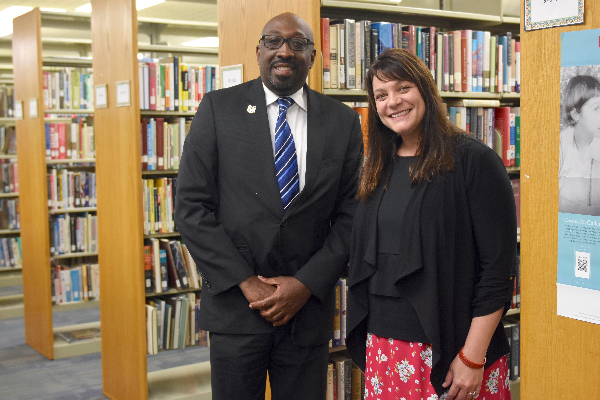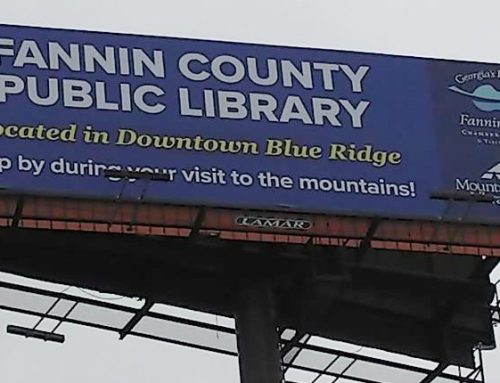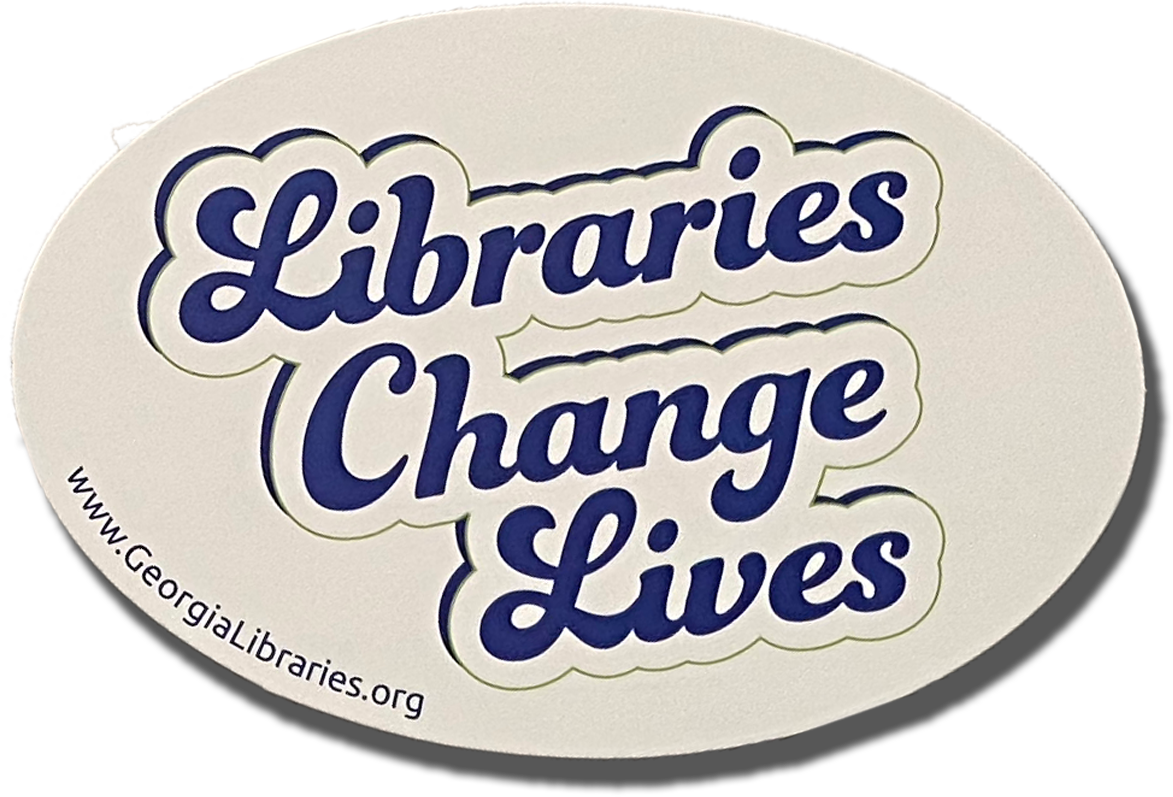Access to information and books is critically important in the rehabilitative process for residents of correctional facilities. As inmates prepare for life outside prison walls, one of the resources offered in Georgia is access to collections in public libraries.
Georgia Public Library Service has partnered since 2017 with Georgia Department of Corrections (GDC) to provide residents of all 34 state prisons access to public library collections through an institutional library card. For those in PINES library systems, residents have access to 11+ million materials.
“There is no better place than a library to inspire our offenders to grow,” said Emanuel Mitchell (pictured with Uncle Remus Library System director Stacy Brown), director of library services for the GDC. “Offenders really appreciate access to materials to be able to learn something new or just read for pleasure.”
Working with the institution’s librarian, inmates can research and request to check out materials that are typically delivered from a local public library within a week.
The program greatly expands access to library materials for inmates. While prison library collections vary, some may only have 10 or fewer books per inmate, according to a recent Atlanta Journal-Constitution (AJC) article. Lack of funding over many years contributed to lack of materials available in prison libraries, the AJC found.
The Georgia Public Library Service program helps ensure that public libraries understand the needs of the prison staff and residents in their communities and that prisons become more familiar with public library efforts to promote lifelong learning.
Mitchell believes that access to public library collections has already made an impact. “We can see a spike in English comprehension on GED evaluations, and inmates are checking out everything from easy readers to build literacy skills to classics like ‘Of Mice and Men,’” he said.
Inmates also check out kids books to read during family visitations or books to learn new skills, like how to start a business.
“We have seen the dedication and passion of GDC’s educators for getting this program right,” said Pat Herndon, assistant state librarian at Georgia Public Library Service. “They are actively working to create opportunities for those who serve their time to return to society better equipped to be full, productive participants in their communities.”
In Hancock County, Ga., the prison population is around 1,200 people. The library inside the correctional facility is well-used, and they also utilize Georgia Libraries for Accessible Statewide Services (GLASS) for inmates with impaired vision or hearing.
“When we put up fliers to raise awareness of the library program in Hancock, the inmates were so pleased for the increased access to books,” said Emanuel Mitchell. “Most had read all the books in the facility’s collection at least twice. The public library card offered a new outlet.”
The Hancock County Library is working on ways to expand their partnership with the local prison, for example to go there for skills training or to bring authors for book discussions.
“As a library, we strive to meet the needs of our entire community, and the Hancock County state prison is a part of this community,” said Stacy Brown, director of the Uncle Remus Regional Library System, to which Hancock County Library belongs.
“We love that there is an interest in reading and learning, and we want to cultivate that and further educational efforts already taking place at the prison. If our program positively impacts just one life, we consider that a great accomplishment. The benefits of reading on mental health and personal growth are immeasurable, and we are proud to serve this unseen, and often overlooked, segment of our service population.” n









